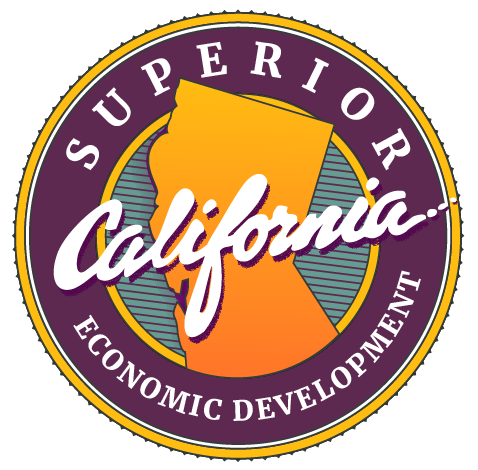How Revolving Loan Funds (RLFs) Work
Economic development revolving loan funds (RLFs) are designed to promote economic growth by providing capital to small businesses, nonprofits, and other eligible entities that might not qualify for traditional financing. Here's a breakdown of how these loans typically work:
Structure of Revolving Loan Funds
Initial Funding:
Source of Funds: The RLF is initially capitalized through grants, government funds (such as the Economic Development Administration (EDA) or the US Department of Agriculture (USDA), or private contributions.
Purpose: The funds are aimed at specific economic development goals, such as job creation, supporting small businesses, or fostering community development.
Loan Disbursement:
Eligibility: Businesses and organizations that meet the RLF’s criteria can apply for loans. These criteria are often based on the economic development goals of the fund, such as location, type of business, and intended use of the funds.
Application Process: Applicants submit proposals that are evaluated based on their alignment with the RLF’s goals, the feasibility of their business plans, and their ability to repay the loan.
Loan Terms: Approved applicants receive loans with terms that are typically more favorable than traditional loans. This can include longer repayment periods and more flexible collateral requirements.
Repayment and Reinvestment:
Repayment: Borrowers repay the loan over the agreed term, with the repayments (including interest) going back into the fund.
Reinvestment: As loans are repaid, the fund is replenished and available to lend out to other eligible borrowers. This creates a "revolving" cycle of lending, repayment, and reinvestment.
Key Features and Benefits
Self-Sustaining:
The revolving nature of the fund means that it can continue to provide financing indefinitely as long as repayments are made.
Economic Impact:
RLFs can stimulate economic growth by providing capital to small businesses and nonprofits, which in turn can create jobs, support local economies, and promote community development.
Flexibility:
The terms and conditions of revolving loans can be tailored to meet the needs of the borrowers and the economic goals of the fund. This flexibility makes it easier for businesses to access the capital they need.
Targeted Support:
RLFs can focus on specific areas or sectors that need economic development, such as rural areas, underserved communities, or particular industries.
Challenges and Considerations
Risk Management:
Since RLFs often lend to businesses that might not qualify for traditional financing, there is a higher risk of default. Effective risk management practices, such as thorough application reviews and ongoing borrower support, are essential.
Administrative Costs:
Managing an RLF requires administrative resources to evaluate applications, disburse funds, and monitor repayments. Ensuring that the fund has adequate resources for administration is crucial for its sustainability.
Community Engagement:
Successful RLFs often involve close collaboration with community stakeholders, including local governments, business development organizations, and community leaders, to ensure that the fund’s goals align with community needs.
Examples in Practice
Economic Development Administration (EDA) Revolving Loan Funds: In the U.S., the EDA provides grants to establish RLFs aimed at stimulating economic growth in distressed areas. These funds have been used to support a wide range of projects, from small business development to disaster recovery. Both SCED and 3Core have EDA RLFs.
Local and Regional RLFs: SCED and 3Core operate regional RLFs.
Conclusion
Economic development revolving loan funds (RLFs) are powerful tools for fostering economic growth, particularly in areas that are underserved by traditional financial institutions. By providing accessible and flexible financing options, RLFs can help small businesses and nonprofits overcome financial barriers, stimulate local economies, and promote long-term economic resilience.
